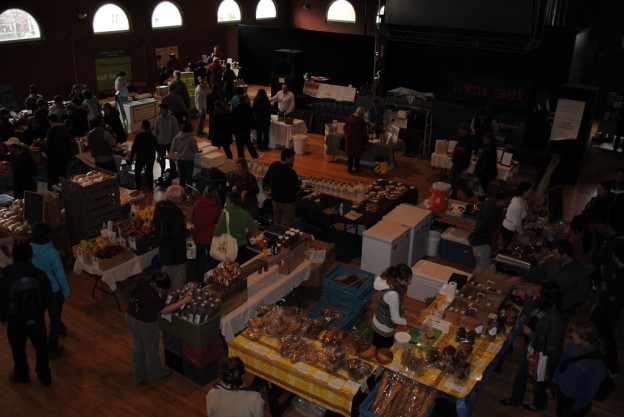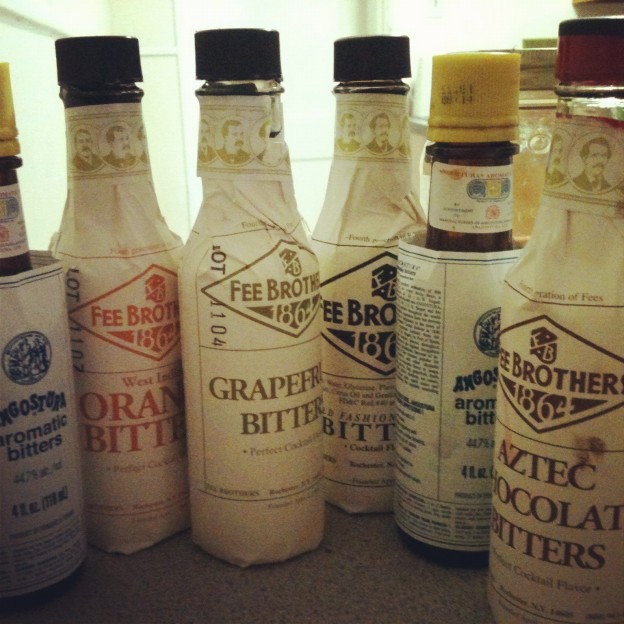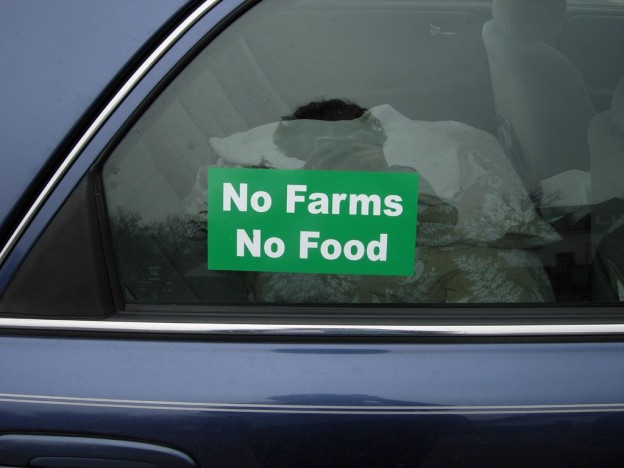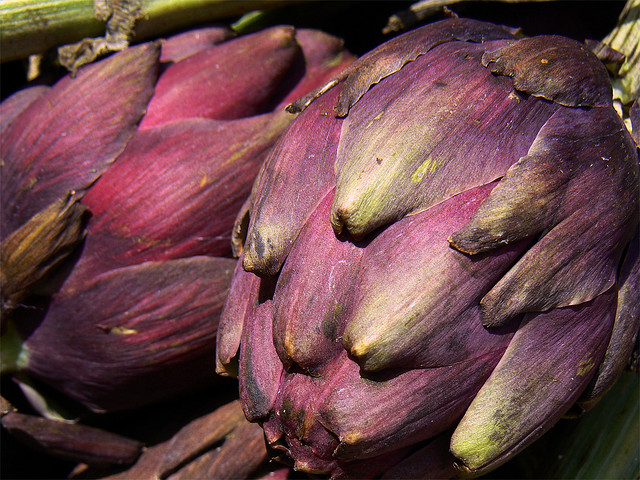
Indoor market in Somerville, MA (photo: Lizard10979/Flickr)
Tonight at 6:30 pm the Public Market Commission, tasked with defining the mission of a public market in downtown Boston, will hold a public meeting to hear a presentation of the proposal submitted by the Boston Public Market Association (BPMA) to operate the market.
Envisioned to be indoor and year-round, the public market will showcase a variety of local produce, dairy, meats, seafood, specialty foods and beverages. Both temporary and permanent employment opportunities are expected from it.
Tonight’s agenda: the Commission will update the public on the process to this point, hear a presentation by the BPMA (which submitted a response to a Request For Proposals (RFP) issued in December) and ask questions. The Commission will then open the session to public comment.
WHERE: 100 Cambridge Street, 2nd Floor, Conference Room C, Boston.
Read PRK’s previous reports on the progress and intentions behind Boston Public Market.









